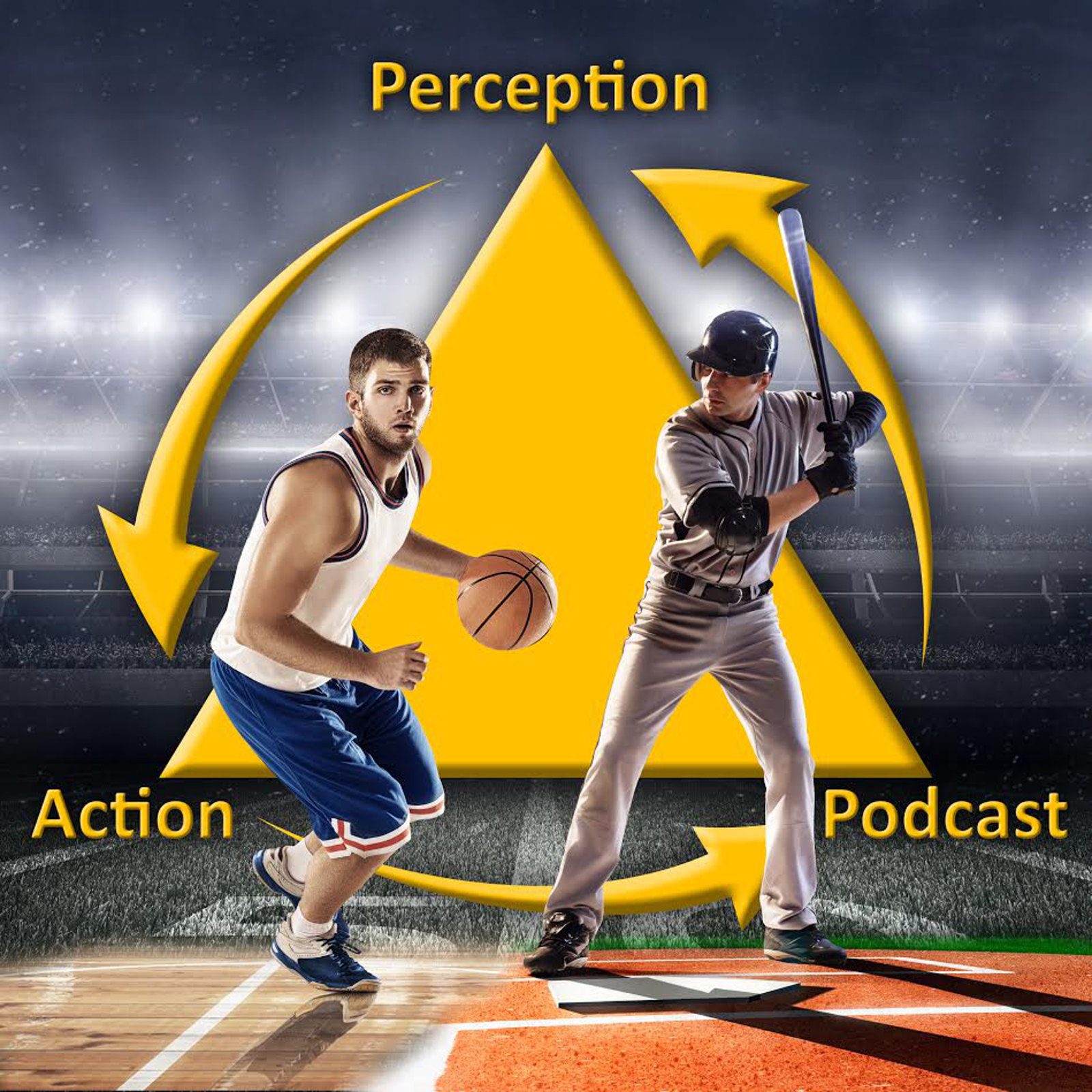18
With the ever increasing availability of tracking and monitoring technology it is becoming easier and easier for an athlete to get feedback about their results and performance. But is the too much of a good thing? How does feedback influence the acquisition and performance of sports skills? Which type of feedback should be used and how often? Is providing biofeedback (e.g., heart rate, brain activity) effective? Can sounds and vibrations be used to shape movements?
Download link
My Research Influences: Martin Regan, York University
http://www.yorku.ca/dregan/
Key Points
• Feedback can be either intrinsic or extrinsic.
• Intrinsic feedback is self-generated and come from both an athlete’s external (vision, touch, audition) and internal (proprioception, kinesthesis) senses
• Extrinsic feedback comes from outside and includes any information and athlete cannot get on their own (e.g., coaches comments, video replays, stop watches, etc)
• Another way feedback is commonly divided is in terms of knowledge of performance vs knowledge of results
• Knowledge of results refers to the outcome of an action in terms of the athlete’s goal (e.g., their finishing, the distance a golf ball ended up from the hole)
• Knowledge of performance refers to the technique used during the action
• Good results and good performance don’t always go hand in hand. There are many instances where an athlete does everything correctly in terms of form and technique but does not get the results they were aiming for
• Research has shown that having a higher frequency of extrinsic feedback seems to help performance in practice but impairs learning. The most common explanation put forth to explain this frequency effect is that receiving extrinsic feedback on every trail makes an athlete over-reliant on it, and makes them less sensitive to the intrinsic feedback from their senses
• Reducing intrinsic feedback (e.g., with stroboscopic glasses) has been proposed as a training method. For more information see Episode 2.
• Even though most sports rely heavily on vision athletes seem to be able to use feedback from other senses and combine information from multiple senses when it is available
• The use of biofeedback is a growing area (in particular giving feedback to an athlete about their brain activity)
Articles:
Effects of relative frequency of knowledge of results on retention of a motor skill
Relative frequency of knowledge of performance and motor skill learning
How Do Batters Use Visual, Auditory, and Tactile Information About the Success of a Baseball Swing?
Effects of learning on electroencephalographic and electrocardiographic patterns in novice archers
Investigating the efficacy of neurofeedback training for expediting expertise and excellence in sport
The vibrating ‘Ghost’ glove that can train your muscles to replicate Tiger’s swing
Auditory concurrent feedback benefits on the circle performed in gymnastics
More information:
My Research Gate Page (pdfs of my articles)
My ASU Web page
Podcast Facebook page (videos, pics, etc)
Twitter: @Shakeywaits
Email: robgray@asu.edu
Credits:
The Flamin’ Groovies – Shake Some Action
Orbits – This Girl’s Opinion
Pierced Arrows – In My Brain
Three Chord Monte – Tell Me What’s on Your Mind
The Judy Blooms – Swimming in Caves
My Morning Jacket – One Big Holiday
via freemusicarchive.org and jamendo.com
